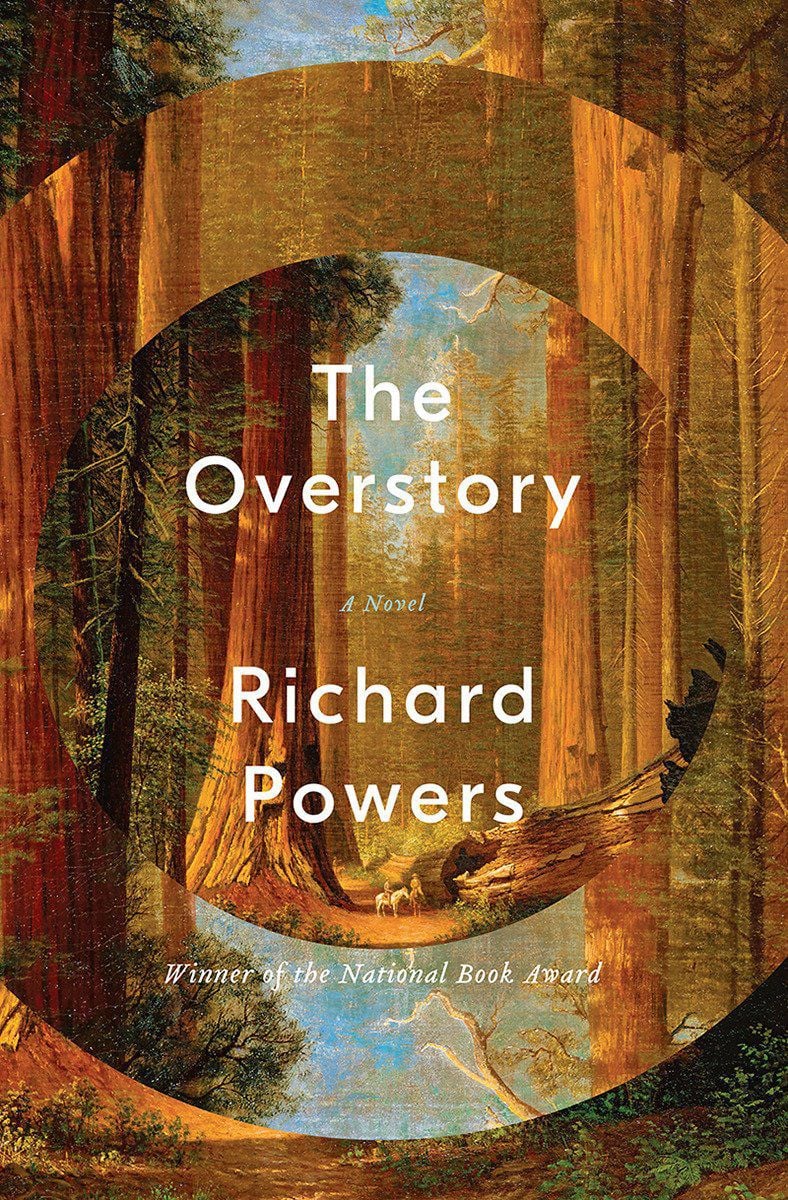


Most of the eight origin stories (with nine characters, as two of them share a common root, figuratively and literally) are stand-alone novels. The structure of the book itself is designed to resemble a tree: each character has a backstory that represents a root the stories converge in the longest section – the tribe the signs diverge towards the crown and then in the smallest section they produce the germs of a future world.Īnd my God, the book is long and complicated. And most of them gather to protect the trees. The each main characters have a signature tree. I think it’s fair to say that when Richard Powers has an idea, he handles it.

This is the story of a handful of people who learn to see this world and are drawn into the unfolding catastrophe. There is a world next to ours: huge, slow, connected, imaginative, wildly inventive, and almost invisible to us. From the roots to the crown and back to the seeds, Richard Powers’ twelfth novel unfolds in concentric rings of interlocking fables, ranging from antebellum New York to the Lumber Wars of the late 20th century in the Pacific Northwest and beyond. Winner of the 2019 Pulitzer Prize for Fiction, The Overstory is a moving and passionate work of activism and resistance that is also a stunning evocation and homage to the natural world.


 0 kommentar(er)
0 kommentar(er)
